When my father was young, he planted a group of three spruce that have since grown up mightily. However, he mentioned several times that he always thought it would be neat to have planted a sequoia instead, and how he'd like to do it some day. To surprise him, I'm trying to grow one or two for him as a Christmas gift. I know it's quite the challenge.
I just had my first germination recently (yeay!) I had pretty much given up on them, and I used the 20-gal pot that I had planted them in to grow two squash plants, which are currently flourishing (one about two feet long, the other about six). So, this baby giant is now mixed in with two water hogs. I think I can work the squash out without affecting its delicate root system (I've already placed some barriers to keep things seperated), but another issue presents itself.
When I first planted the sequoia seeds after stratification, I put them straight into a pot full of ordinary topsoil. Two concerns with this. One, I've since read that sequoias do best in peat mixed with a little sand. I was also planning to mulch it with pine needles, which tend to decompose to slightly acidic soil, which sequoias like. Second, I am concerned about, when it comes time to put the tree into the ground, how well it would take to being removed from the pot, and how I could do it without damaging its delicate roots.
When I transplant the squash, I could use this opportunity to also take the seedling out, redo the composition of the pot, then replant it (this would also center it in the pot). I was thinking about lining the pot with a (burlap?) tree bag, then putting the fresh soil in.
Related questions:
1) Does this sound like a good idea, or should I just let my seedling be? Sequoias are sensitive trees with delicate feeder roots, so it seems like it's a choice between risking disturbing it now or risking disturbing it later. It's still quite small, just 2-3 inches or so, so I feel reasonably comfortable in my ability to make sure I don't cut any of its roots in the process if I isolate several inches around it.
2) Is bagging it a good idea to aid in transplanting? If so, what sort of bag would one recommend, and where could I buy them?
One further question:
3) For overwintering, I was thinking about keeping it in my greenhouse until it's ready to be planted in the ground (in a place with a warmer climate than we get up here). Even mature sequoias are only hardy to -30C (barring lots of mulch or snow), and here, we get down to -20C most winters (plus wind), not always with snow. In the winter, I water the greenhouse only once every 2-3 days (versus every day in the summer) and I let my greenhouse get a bit cold -- usually something like a low of 5C, a high of 25C. This helps keep the humidity down, since greenhouses tend to get really humid (young sequoias are sensitive to a number of fungal diseases), and it seems like it would come closer to mimicking a sequoia's natural habitat in the winter (although it wouldn't get to go below freezing in there like they get in the wild). Does this sound like a good idea?
Just trying to ensure the best chance of survival here, and second opinions are always nice. :)
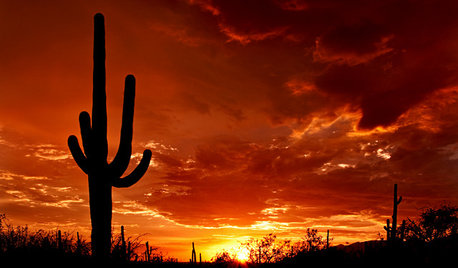
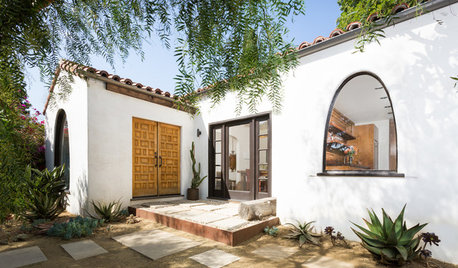
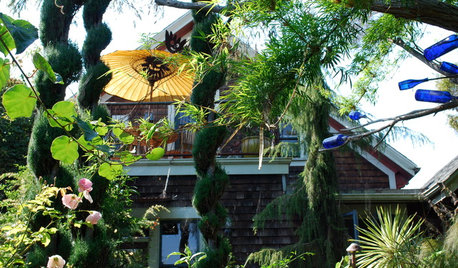
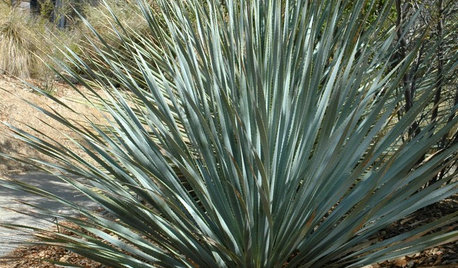
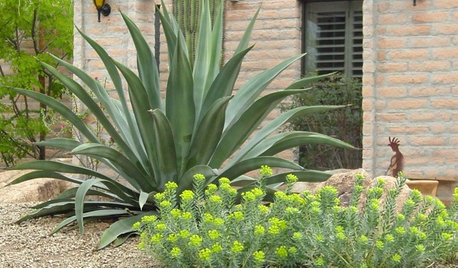








greyneedle
Karen PeaseOriginal Author
Related Professionals
Leawood Landscape Architects & Landscape Designers · Richmond Heights Landscape Architects & Landscape Designers · Sand Springs Landscape Architects & Landscape Designers · Allentown Landscape Contractors · Belvedere Park Landscape Contractors · Brookfield Landscape Contractors · Choctaw Landscape Contractors · Estelle Landscape Contractors · La Mirada Landscape Contractors · Las Vegas Landscape Contractors · Mason Landscape Contractors · Plymouth Landscape Contractors · Soddy Daisy Landscape Contractors · Wanaque Landscape Contractors · Watertown Landscape Contractorsconifers
Karen PeaseOriginal Author
conifers
Karen PeaseOriginal Author
conifers
Karen PeaseOriginal Author
Karen PeaseOriginal Author
pineresin
Karen PeaseOriginal Author
lpptz5b
pineresin
Karen PeaseOriginal Author
Sherwood Botsford (z3, Alberta)
davidrt28 (zone 7)